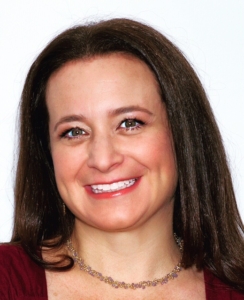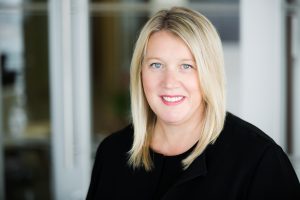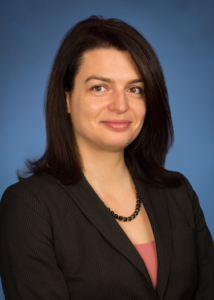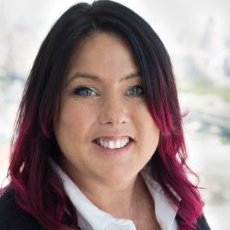
By Aimee Hansen
As #GivingTuesday approaches on November 29th and Giving Season kicks off, are you making the most of your donation dollars?
During the last six weeks of the year, up to 40% of all charitable donations are made ($373 billion in 2015). Individuals are reported to contribute 72% of all total giving that nonprofit organizations receive.
Though strategy is a big part of our professional lives, when it comes to giving, many of us tend to be far more reactive than strategic.
“Most people spend more time researching a new recipe online than they do a charity to give to,” say Eileen Heisman, CEO of National Philanthropic Trust. We spoke with Heisman about how to make your giving dollars go further this year.
Set A Giving Budget
It’s helpful to set a general giving budget – for example 1%-12% of income, although any donation is significant.
“One of the many benefits to a budget,” Heisman notes, “is that it empowers you to decline impulsive requests from co-workers and friends now and throughout the year.”
If you’re serious about philanthropy, she recommends to go beyond only reacting to asks and get invested: “take stock of what you think is important in your life.”
Find Out What Matters to You
“You need to make it manageable: what are the three causes that are really important to me in my life?” Do you want to make impact on a national, local, or international level? What causes matter most to you? Girls’ education? Supporting local initiatives in impoverished countries? Inner city opportunities?
One idea is to involve your children in this discussion, asking them to research and propose charity ideas to you, while increasing their own social awareness.
Select Organizations Active In That Area
Heisman advises that for each area you wish to support, “You can find three or four organizations and then narrow it down and pick one.” Some people prefer start-ups, others prefer big organizations. “You have to know who you are as a donor.”
One insider tip is to look at which organizations have big institutional funders (Gates, Rockefeller, Ford), because these entities have been carefully vetted, which is akin to a credibility endorsement.
You are also able to access an organizations 990, read newspaper articles, look at annual reports, and check out the board. Avoid scams by donating online (never on phone), such as at the charity’s website, and/or confirming the organization is a registered 501c3 at IRS.gov.
If it’s important to you, be aware that “just because it’s on GoFundMe doesn’t mean it’s a charitable gift.” Not all donations are tax-deductive, so confirm if it matters.
Check Your Overhead Bias
“I think there’s been a demonization of overhead that’s been really unfortunate in the sector over the past decade.” says Heisman. “You need overhead.”
She points out that overhead includes staff training and development, technology and resources, program strategy and development, impact evaluation – collecting data, crunching numbers, generating reports.
“Research and development, which most charities don’t have, is a normal part of overhead in most for-profit organizations. Most professional women would realize,” says Heisman, “when they see the categories that fall under overhead, that those are things that need to thrive to have a healthy organization.”
“If you really love an organization and think it’s well run,” she recommends, “give them an unrestricted gift and allow them to spend it on what they think is the most important thing for them, because you’re also investing in leadership.”
When you give an earmarked gift, it can keep a charity from being able to optimize their resources to meet their needs. Giving an unrestricted donation demonstrates that you are behind the mission and the leadership.
Build A Relationship
“If you have $1000 to give away, instead of giving it away to ten charities for $100, pick four charities and give $250 each,” advises Heisman. “Larger gifts to fewer charities creates bigger impact.”
Heisman suggests to pick three focus areas and one charitable organization in each area. Also, it’s expensive for a charity to find donors, so it’s better to build continuity.
“Stick with those entities for a while. Number one, it will save you time. But also, it takes a while to achieve goals in the social sector. They can’t turn a problem around in a year.”
Many charities have excellent dashboards and general reports available about their program impact. If you are a high value donor (eg. $5,000 or more), only then should you ask for a special report.
“I think donors are usually driven by the heart and emotional reasons,” says Heisman,“ but what often keeps donors connected is knowing the nonprofit is doing a good job at trying to address that issue.”
Leverage Giving Technology To Make It Easy
These sites can be very helpful in easily navigating the giving landscape:
Global Giving – This site is “the first and largest global crowdfunding community that connects nonprofits, donors, and companies in nearly every country around the world,” helping resources reach locally-based nonprofits.
Network for Good – Find charities easily, keep a track record of your donations, and make last minute (literally) giving for year-end deductions.
Small Token – Easily and quickly give a gift to a friend or family member by making a donation on their behalf.
Kiva – Through this micro-lending site, provide a loan to your choice of many domestic and global projects, and you can choose to re-gift your loan when you receive repayment.
Donors Choose – Choose a public school project and help teachers to bring their classroom dreams to life.
Heisman says of the last two, “If you’re somebody who has no idea of where you want to start, these are two great places to start.”
What if women’s career opportunities are your passion?
Education Fund – Support women 35 years and older to return to education after adversity with the charitable arm of the Women’s Forum of New York.
No matter your giving interests, with both intention and attention, your giving dollars can go further.
 Guest Contributed by Rayona Sharpnack
Guest Contributed by Rayona Sharpnack







